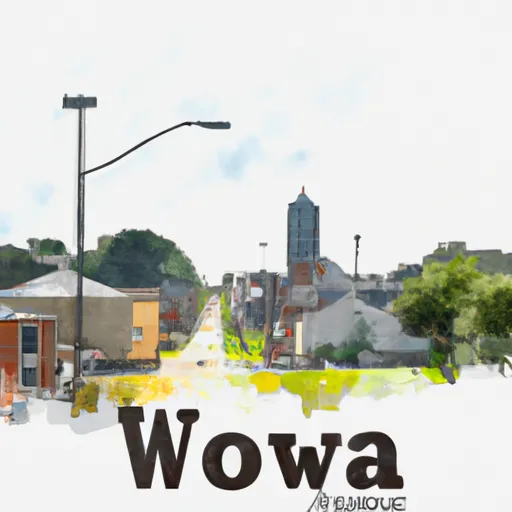°F
°F
mph
Windspeed
%
Humidity











Vinton, Iowa is a charming city located in Benton County. As part of the Midwestern region, Vinton experiences a humid continental climate characterized by warm summers and cold winters. Average temperatures range from the 80s°F (26-32°C) in summer to the 20s°F (-6 to -1°C) in winter. Precipitation is evenly distributed throughout the year, with an average annual rainfall of around 35 inches (89 cm) and snowfall of about 29 inches (74 cm).
Vinton benefits from its proximity to the Cedar River, which runs through the city. The river not only adds to the natural beauty of the area but also provides hydrological benefits. It supports diverse aquatic life and offers recreational activities like fishing and boating.
Outdoor enthusiasts can find numerous opportunities for recreational activities in Vinton. The city boasts several parks and trails that cater to various interests, including walking, hiking, biking, and picnicking. The Tilford Nature Trail is a favorite among nature lovers, offering a scenic route through woods and wetlands. For those interested in camping and wildlife observation, the nearby Benton County Conservation Area provides a serene setting.
In conclusion, Vinton, Iowa offers a pleasant climate with distinct seasons, access to the Cedar River, and a range of outdoor recreational opportunities for residents and visitors alike.
Weather Forecast
Vinton receives approximately 900mm of rain per year, with humidity levels near 82% and air temperatures averaging around 10°C. Vinton has a plant hardyness factor of 5, meaning plants and agriculture in this region thrive during a short period during spring and early summer. Most plants will die off during the colder winter months.
Regional Streamflow Levels
13
Cubic Feet Per Second
70
Cubic Feet Per Second
112
Cubic Feet Per Second
193
Cubic Feet Per Second
Nearby Camping
| Camping Area | Reservations | Toilets | Showers |
|---|---|---|---|
| Jordan - Norfolk Lake | |||
| Pine Ridge | |||
| Gamaliel - Norfolk Lake | |||
| Woods Point - Norfolk Lake | |||
| Henderson - Norfolk Lake | |||
| Patrick Bridge Access - MDC |



